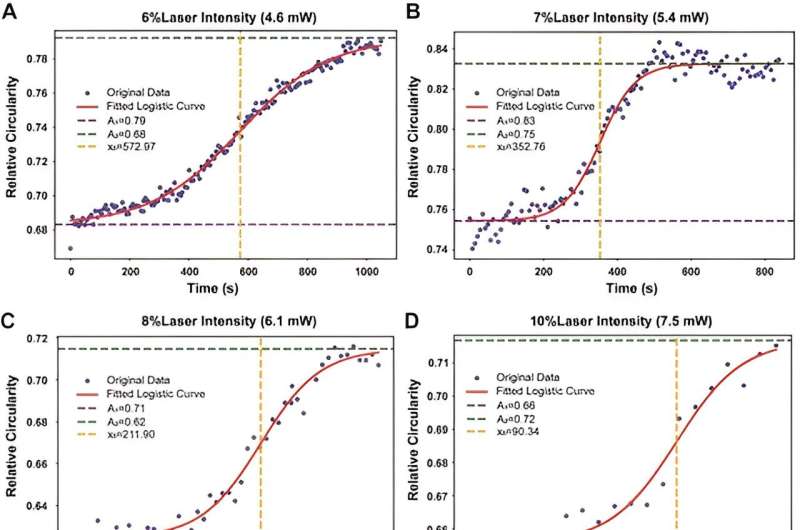In contrast to traditional cancer treatments such as surgery, chemotherapy, and radiotherapy, photodynamic therapy (PDT) is emerging as a novel method that uses specific wavelengths of light to activate photosensitizers. This activation generates reactive oxygen species that effectively destroy tumor cells.
PDT is known for its high targeting precision, minimal damage to the body, and reduced likelihood of resistance development. Although PDT shows promising potential in treating solid tumors, including hepatocellular carcinoma, monitoring its dynamic therapeutic effects remains challenging. Traditional methods struggle to efficiently and accurately measure cellular changes without fluorescent labeling.
To address this issue, Jiang Yuqiang’s research team from the Institute of Genetics and Developmental Biology (IGDB) of the Chinese Academy of Sciences (CAS) has incorporated deep learning technology into PDT.
The study entitled “Deep Learning Insights into the Dynamic Effects of Photodynamic Therapy on Cancer Cells” was published in Pharmaceutics.
Building on previous developments using gold nanoprobe technology for efficient radiodynamic and photodynamic cancer treatment, the researchers highlighted the significant potential of deep learning in understanding the dynamic impact of PDT on cancer cells, showcasing its important applications in cancer treatment research and paving the way for future precision medicine.

They used an advanced instance segmentation algorithm, Cellpose, for reliable morphological analysis of PDT-treated cancer cells. Using logistic growth model analysis, the researchers predicted cellular behavior after PDT. Experimental results show significant changes in cancer cell morphology and proliferation capabilities following PDT treatment. Model validation further supports these findings.
This study demonstrates that deep learning tools can extract subtle changes in target cell morphology from high-dimensional data, revealing the complex dynamic changes in cell morphology during PDT. This not only helps to optimize PDT parameters, but also provides potential personalized cancer treatment strategies.
More information:
Md. Atiqur Rahman et al, Deep Learning Insights into the Dynamic Effects of Photodynamic Therapy on Cancer Cells, Pharmaceutics (2024). DOI: 10.3390/pharmaceutics16050673
Citation:
Deep leaning technology shows potential in photodynamic therapy (2024, May 28)
retrieved 28 May 2024
from https://medicalxpress.com/news/2024-05-deep-technology-potential-photodynamic-therapy.html
This document is subject to copyright. Apart from any fair dealing for the purpose of private study or research, no
part may be reproduced without the written permission. The content is provided for information purposes only.

